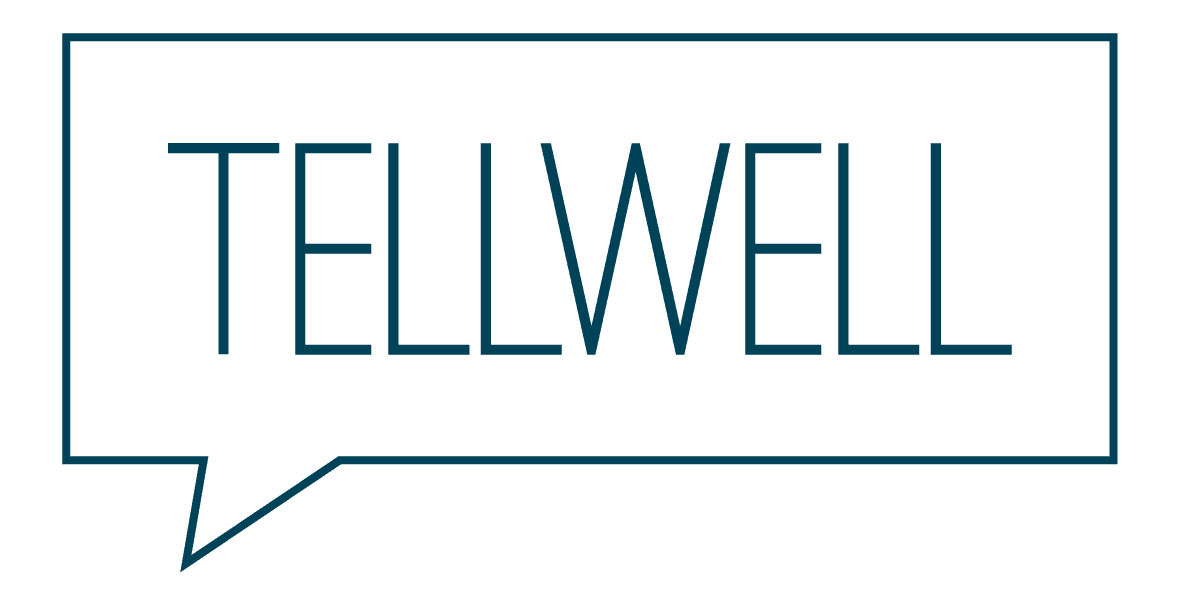Nonprofit storytelling and donor engagement strategies mean nothing if you’re too buried in daily operations to implement them effectively. As someone who’s worked with countless executive directors, I see this pattern everywhere—brilliant leaders drowning in administrative tasks while their strategic vision sits on the back burner.
That’s exactly what entrepreneur and coach John T. Meyer addresses in our recent conversation. John built and sold Lemonly, a multi-million dollar creative agency, and now coaches business owners and nonprofit leaders who’ve created what he calls “a busy job, not a company.” His insights hit different because he’s been in those shoes—wearing every hat, feeling responsible for everyone’s livelihood, and wondering why success feels so exhausting.
The Executive Director Dilemma: Hero or Leader?
Here’s what John said that made me think: “Don’t be the person who hoards the monkeys. Don’t be the hero. Let other people thrive.”
Actually, here’s a better angle on this—nonprofit executives face an impossible expectation. You’re supposed to be the fundraiser, the CFO, the people manager, the visionary, and the operations coordinator. As John puts it, “We expect them to have all the skills from fundraiser to CFO to people manager. That’s just not fair.”
This resonates deeply with what we see at Tellwell. Communications directors spend their days managing vendors and updating websites instead of crafting compelling donor narratives. Development directors get stuck in event logistics rather than building major gift strategies. The very people who should be driving strategic storytelling are trapped in tactical execution.
The Energy Audit That Changes Everything
Maybe I’m wrong, but I think most nonprofit leaders have never actually mapped where their energy goes versus where it should go. John introduced me to this concept he calls the “energy audit”—and it’s probably the simplest diagnostic tool I’ve encountered.
“Draw a line down a sheet of paper. On the plus side, write all the things that really give you energy. On the minus side, what really drains your energy.”
Think about your last week. When you saw certain items on your calendar, did you feel energized or did you think, “Today’s going to be rough”? John’s example resonates—he used to handle QuickBooks for his agency because depositing checks “felt good,” but it was clearly a $10 task that drained him while preventing $1,000-level strategic work.
For nonprofit leaders, this might mean recognizing that donor research energizes you while budget reconciliation kills your soul. Or that crafting grant narratives lights you up while managing software subscriptions makes you want to hide under your desk.
The magic happens when you start categorizing tasks: $10 tasks (administrative work), $100 tasks (email management, scheduling), and $1,000 tasks (donor meetings, strategic planning, board presentations). Most nonprofit executives I know spend 70% of their time in the $10-$100 range.
Delegation Without the Guilt: A Midwest Survival Guide
Let’s be honest—as good Midwesterners, we don’t like giving up control. John laughed about this during our conversation: “It’s that Midwestern thing—I mow my own lawn, I do this myself.”
But here’s what John helped me understand: delegation isn’t about being lazy or entitled. It’s about recognizing that your $1,000-per-hour strategic thinking shouldn’t be interrupted by $10-per-hour data entry.
Speaking of delegation, John’s approach to hiring his first virtual assistant transformed his entire operation. At $7.50 per hour for 40 hours a week, his VA handles social media scheduling, calendar management, W-9s, and email responses. That’s not just cost-effective—it’s strategic resource allocation.
The key is what John calls the “John Playbook”—a Google Doc containing email templates, travel preferences, communication styles, and client information. You’re not handing over your bank account; you’re creating systems that allow someone else to handle routine decisions using your established criteria.
The 80% Perfect Rule That Transforms Organizations
Here’s another insight from John that challenges our perfectionist tendencies: “80% done is better than perfect.”
This isn’t about lowering standards—it’s about recognizing that your personal 100% on a $10 task prevents you from delivering your 100% on work that actually moves your mission forward. Would you rather spend two hours perfecting a routine email or invest that time in a major donor strategy session?
John’s daily standup with his VA creates a feedback loop that gradually improves performance without micromanagement. When something isn’t quite right, they adjust the process rather than reverting to doing it all himself.
The Transformation Happens at the Transaction
You know what I found interesting about John’s coaching philosophy? He believes “the transformation happens at the transaction.” The moment you decide to invest in systems, delegation, or strategic support, you’ve already shifted your identity from someone who does everything to someone who leads strategically.
This applies directly to how nonprofits approach storytelling and communications. The organizations that invest in strategic narrative development—whether through internal capacity building or external partnerships—have already made a fundamental shift. They’ve moved from “we’ll figure out messaging when we have time” to “strategic communication is essential to our mission.”
Moving from Operator to Owner Mindset
John’s coaching focuses on helping leaders transition from operating their organization to owning their vision. For nonprofit executives, this means shifting from “I need to handle this donor call” to “I need to create systems that ensure every donor interaction reflects our strategic narrative.”
The vision piece is crucial. As John explained: “Your vision needs to be so big that everybody else’s vision can fit inside of it too.” When you’re stuck in operational mode, you’re not casting that expansive vision—you’re just managing today’s crisis.
At Tellwell, we see this transformation when organizations embrace frameworks like our Seasons of Story approach. Instead of creating random content pieces, they develop strategic narrative architecture that guides everything from grant applications to board presentations to social media.
Practical Steps for Implementation
Actually, here’s what you can do starting Monday:
- Conduct your energy audit this week. Map every task against the $10/$100/$1,000 framework. Be honest about what energizes versus drains you.
- Identify your first delegation candidate. Maybe it’s email management, maybe it’s event logistics, maybe it’s social media scheduling. Start with something that’s routine but time-consuming.
- Create your own playbook. Document your communication preferences, your organization’s key information, and template responses. This preparation makes delegation significantly more effective.
- Consider your messaging systems. Are you creating strategic communications or just filling content calendars? Strategic storytelling requires the kind of focused attention that’s impossible when you’re juggling dozens of operational tasks.
The Tellwell Connection
Here’s what we’ve learned working with nonprofits across the spectrum: the organizations with the most compelling donor engagement and community impact aren’t necessarily the ones with the biggest budgets or flashiest campaigns. They’re the ones whose leaders have created space for strategic thinking and systematic execution.
Our Seasons of Story framework works because it gives leaders a systematic approach to narrative development—but only if you have the operational bandwidth to implement it thoughtfully. When executive directors are drowning in daily tasks, even the best strategic framework becomes another item on an impossible to-do list.
This is why John’s approach to operational efficiency directly supports better storytelling outcomes. When you’re not spending mental energy on routine tasks, you can focus on the kind of strategic narrative development that truly moves donors and communities.
What do you think? Does this resonate with your experience leading a nonprofit? I’d love to hear how you’ve managed the transition from doing everything to delegating strategically.
Ready to explore how strategic storytelling could work for your mission? Our Seasons of Story framework helps nonprofit leaders develop systematic approaches to donor engagement and community narrative. Learn more at https://wetellwell.com/seasons, and when you’re ready to discuss your specific storytelling goals, book a planning call at https://wetellwell.com/get-started/.



